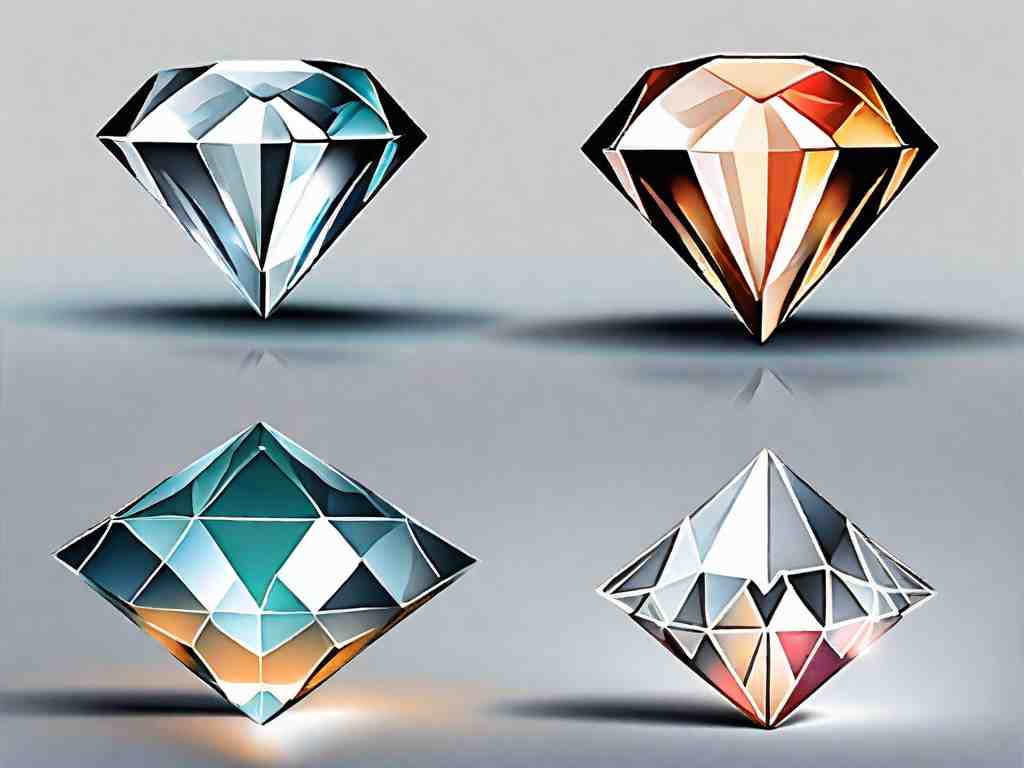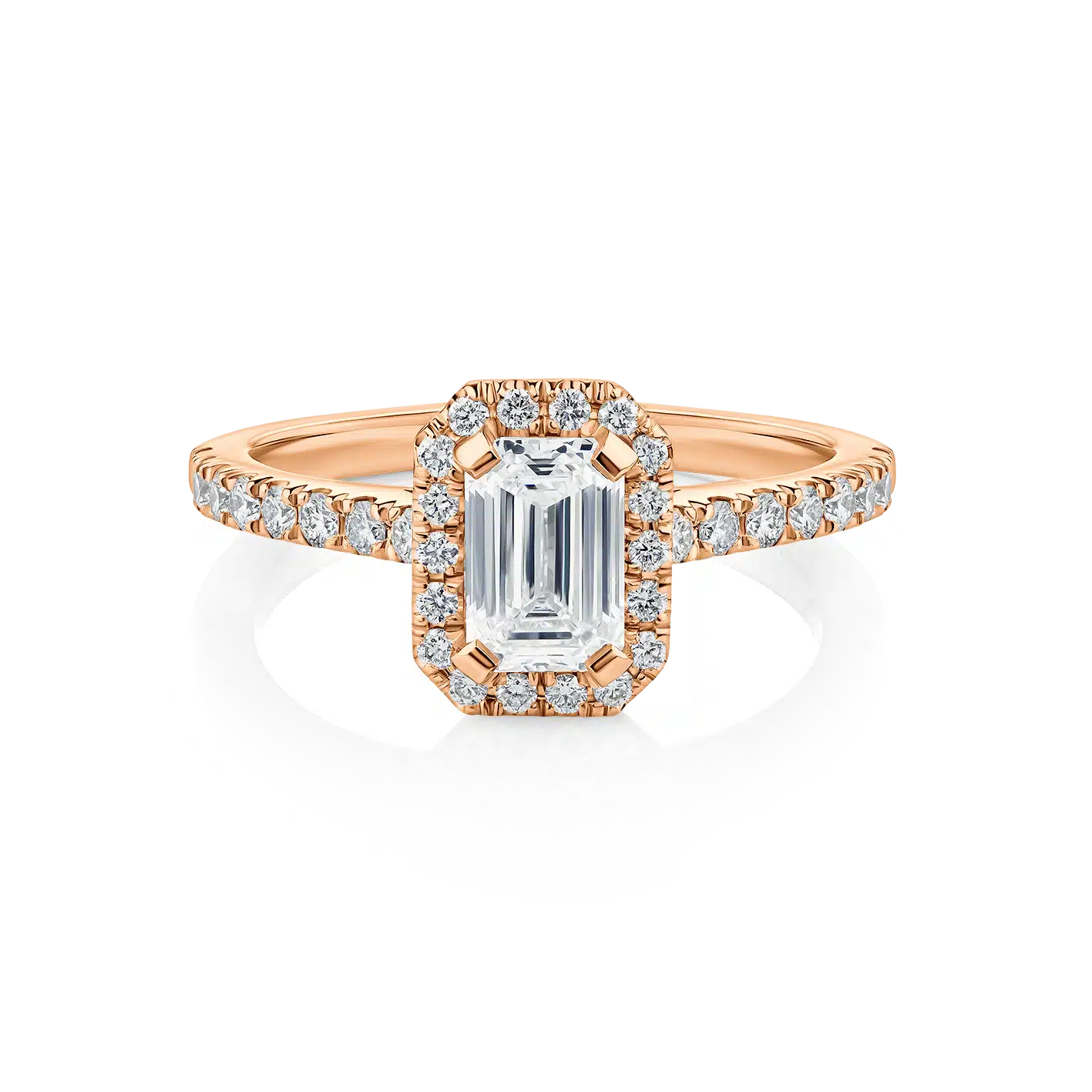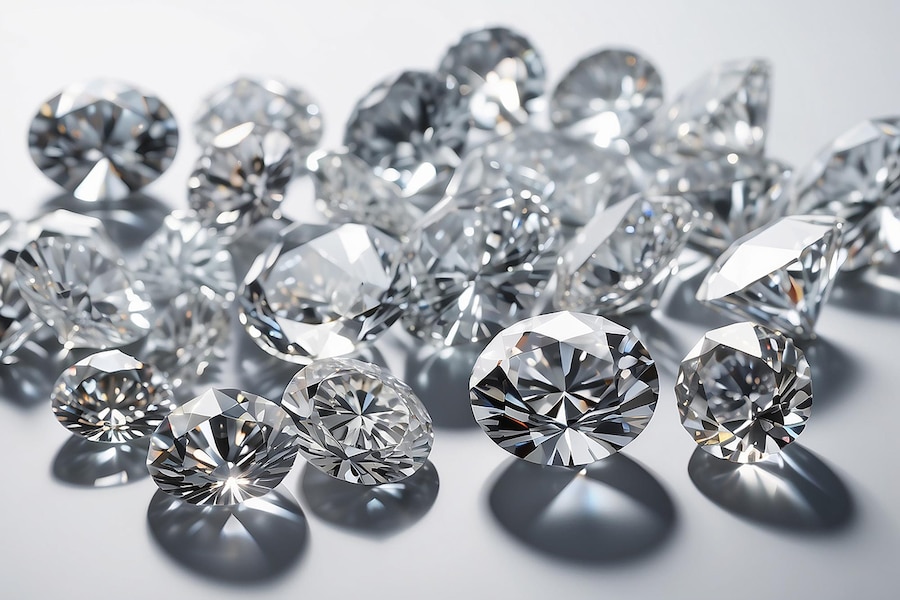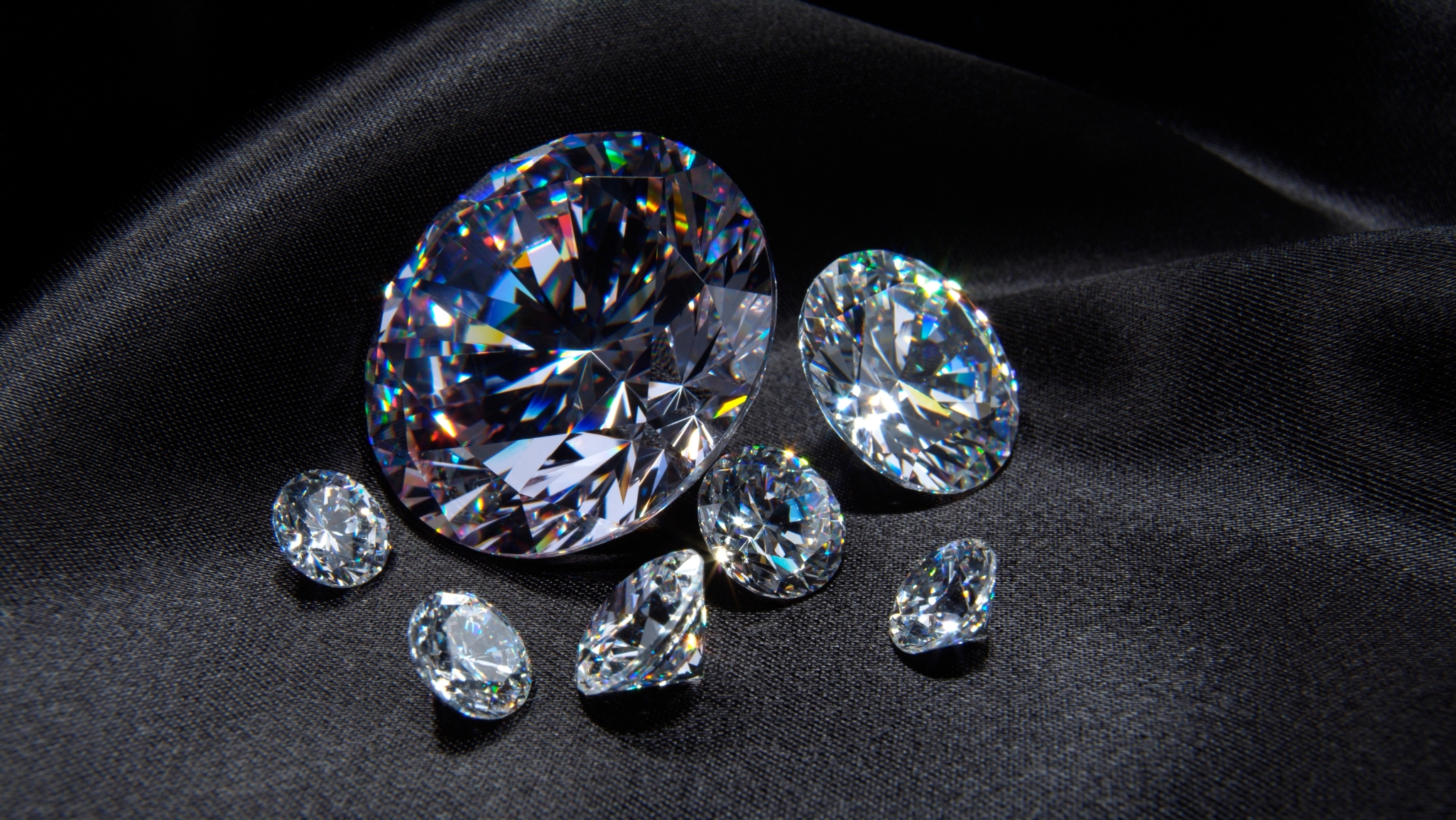Understanding the Diamond 4C Chart: A Comprehensive Guide to Diamond Quality
Irene Stallings November 8, 2024
When it comes to purchasing a diamond, it’s important to understand what makes one diamond more valuable than another. The Diamond 4C Chart is an essential tool used by gemologists and jewelry experts to evaluate the quality and value of diamonds. The 4Cs refer to Cut, Color, Clarity, and Carat weight—each representing a different aspect of a diamond’s overall quality. Understanding these characteristics can help you make a more informed decision when buying a diamond. In this article, we will break down each of the 4Cs in the context of the Diamond 4C Chart to provide you with a better understanding of how diamonds are graded.
The Importance of the Diamond 4C Chart
The Diamond 4C Chart is a universal grading system used by professionals in the jewelry industry. It serves as a standardized guideline for assessing diamonds, allowing buyers to compare diamonds on the same scale. This system is not only essential for determining the price of a diamond but also for understanding the beauty and rarity of each stone. The 4Cs can be confusing for someone new to diamonds, but with a little knowledge, anyone can learn to use the Diamond 4C Chart effectively to assess the quality of a diamond.
Cut: The First C of the Diamond 4C Chart
The first and perhaps most important C in the Diamond 4C Chart is “Cut.” The cut of a diamond determines how well the stone has been shaped and faceted. The cut affects the diamond’s ability to reflect light, which in turn impacts its brilliance and sparkle. The quality of the cut is evaluated based on several factors, including the proportions, symmetry, and polish of the diamond. A well-cut diamond will exhibit maximum light return and appear more vibrant than a poorly cut diamond, even if it has higher clarity or color grades.
The Diamond 4C Chart categorizes the cut of a diamond into several grades, ranging from Excellent to Poor. The better the cut, the higher the diamond’s value, as it will have superior brilliance and fire. While the cut does not affect the diamond’s size, it plays a crucial role in maximizing its beauty and visual appeal.
Color: The Second C of the Diamond 4C Chart
The second C in the Diamond 4C Chart is “Color.” When it comes to man made diamonds, color refers to the absence of color in the stone. The less color a diamond has, the higher its grade will be. Diamonds are graded on a scale from D to Z, with D being completely colorless and Z being light yellow or brown. The closer a diamond is to being colorless, the more valuable it is.
While most people believe that diamonds are clear, most diamonds do have a slight color to them, which can affect their appearance and price. The Diamond 4C Chart helps to assess these subtle differences, allowing buyers to compare diamonds and select the one that best suits their preferences and budget. A colorless diamond (graded D) will appear more brilliant and valuable than a diamond with noticeable color.
Clarity: The Third C of the Diamond 4C Chart
The next factor in the Diamond 4C Chart is “Clarity.” Clarity refers to the presence of inclusions (internal flaws) and blemishes (external flaws) in a diamond. These imperfections can affect the appearance of a diamond, although most inclusions are microscopic and cannot be seen without magnification. Diamonds are graded for clarity on a scale that ranges from Flawless (no internal or external imperfections visible under 10x magnification) to Included (inclusions or blemishes that are visible to the naked eye).
Diamonds with fewer inclusions and blemishes are generally more valuable because they are rarer and more visually appealing. However, most diamonds have at least some minor imperfections, and these do not necessarily detract from the stone’s beauty. When reviewing the Diamond 4C Chart, it’s important to consider the overall impact of the clarity grade on the diamond’s value and appearance.
Carat Weight: The Fourth C of the Diamond 4C Chart
The final C in the Diamond 4C Chart is “Carat weight.” Carat refers to the weight of the diamond, and it is the most straightforward of the 4Cs. One carat is equal to 200 milligrams, and diamonds can be measured in fractions of a carat. Larger diamonds are generally more valuable than smaller ones because they are rarer. However, carat weight alone does not determine the value of a diamond. A diamond with a larger carat weight may not necessarily be more valuable than a smaller diamond if the other 3Cs (cut, color, and clarity) are of a lower quality.
When reviewing the Diamond 4C Chart, it’s important to keep in mind that carat weight is just one factor in determining the overall value and beauty of a diamond. Two diamonds with the same carat weight can vary significantly in value depending on their cut, color, and clarity.
How the Diamond 4C Chart Affects Diamond Pricing
The Diamond 4C Chart is an essential tool for determining the price of a diamond. Each of the 4Cs plays a role in the overall value of a diamond. Diamonds with higher grades in all four categories tend to be more expensive, while diamonds with lower grades are more affordable. However, it’s important to note that the cut of a diamond plays the most significant role in its overall appearance and value. A well-cut diamond can often appear more brilliant and stunning than a diamond with a higher carat weight but a poor cut.
When buying a diamond, it’s important to consider the balance of the 4Cs. For example, you may choose to compromise slightly on clarity or color to prioritize a higher cut grade or larger carat weight. The Diamond 4C Chart allows you to make these decisions based on your budget and preferences, ensuring that you select a diamond that meets your specific needs.
Conclusion: Mastering the Diamond 4C Chart for Your Perfect Diamond
In conclusion, the Diamond 4C Chart is an essential tool for anyone purchasing a diamond. By understanding the 4Cs—Cut, Color, Clarity, and Carat weight—you can assess the quality and value of a diamond and make an informed decision. Each C plays a unique role in the diamond’s overall appearance and price, and the key to selecting the perfect diamond lies in balancing these factors according to your preferences. With the help of the Diamond 4C Chart, you can confidently navigate the world of diamonds and find the one that best suits your style, budget, and desires.





